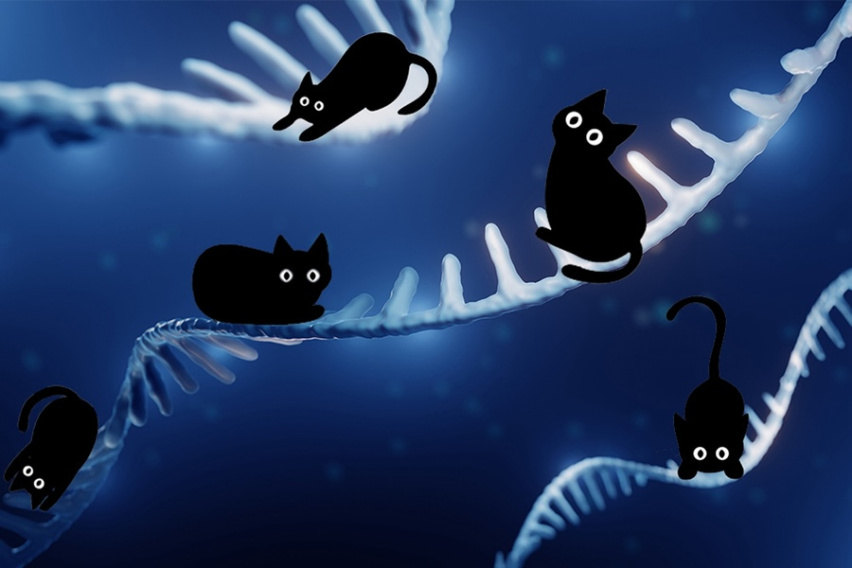MIT Koch Institute
August 30, 2022
Congratulations to Angela Koehler and Ömer Yilmaz for receiving tenure from MIT. Koehler, whose laboratory builds chemical tools and methods for studying proteins that are dysregulated in cancer, is an associate professor in the Department of Biological Engineering as well as an Associate Director of the Koch Institute. Yilmaz is an associate professor in the Department of Biology. His work focuses on the effects of various diets in tissue regeneration, aging, and cancer initiation.
In other Biology news, KI member Amy Keating has been appointed head of the department. Her laboratory analyzes protein-protein interactions important for cell signaling and human health, including those implicated in cancer.
